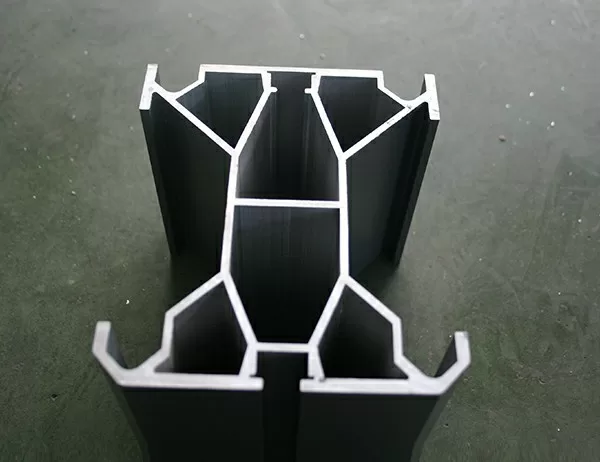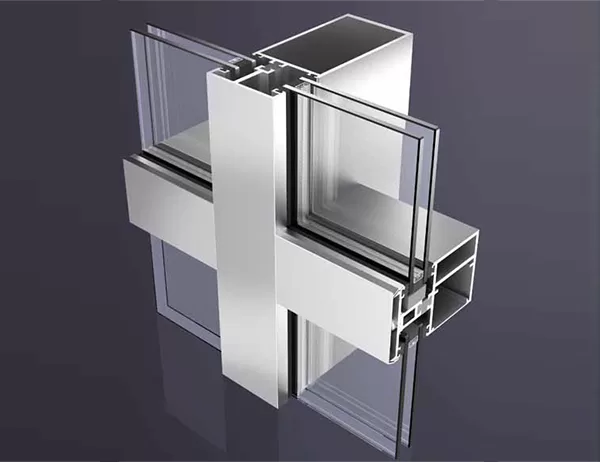Unveiling the Thermal Powerhouse: Harnessing Aluminum Heat Sinks for Optimal Performance
In the realm of electronics and high-performance computing, heat dissipation plays a pivotal role in ensuring system reliability and longevity. Amidst the myriad of heat sink options, aluminum stands apart as a versatile and highly effective solution, offering a unique blend of thermal conductivity, cost-effectiveness, and ease of fabrication.
Understanding Aluminum’s Thermal Capabilities
Aluminum boasts an exceptional thermal conductivity of approximately 237 W/m·K. This inherent property enables it to transfer heat away from critical components with remarkable efficiency. By rapidly dissipating heat, aluminum heat sinks prevent excessive temperature buildup, safeguarding sensitive electronic circuitry from potential damage.
Benefits of Using Aluminum Heat Sinks
1. Superior Thermal Performance: Aluminum’s high thermal conductivity ensures efficient heat transfer, maintaining optimal operating temperatures.
2. Cost-Effectiveness: Compared to other materials like copper, aluminum is relatively inexpensive, making it an economical solution for heat dissipation.
3. Lightweight and Compact: Aluminum’s low density and high strength-to-weight ratio allow for the creation of lightweight and compact heat sinks, Ideal for space-constrained applications.
4. Corrosion Resistance: Aluminum exhibits excellent corrosion resistance, enhancing its durability and reliability in various environments.
5. Formability: Aluminum is highly formable, allowing for the production of intricate shapes and complex geometries to meet specific application requirements.
Effective Implementation of Aluminum Heat Sinks
1. Proper Contact Surface: Ensure good thermal contact between the heat source and the heat sink surface to maximize heat transfer.
2. Optimal Fin Geometry: Select the appropriate fin height, spacing, and thickness to optimize convective heat transfer.
3. Forced Air Cooling: Consider using fans or other active cooling methods to enhance heat dissipation and improve thermal performance.
4. Surface Treatment: Anodizing or applying thermal coatings can further enhance the heat dissipating capabilities of aluminum heat sinks.
5. Maintenance: Regularly inspect and clean the heat sink to remove dust and debris that can impede heat transfer.
Conclusion
Aluminum heat sinks represent an invaluable tool for dissipating heat in electronic applications. Their exceptional thermal conductivity, cost-effectiveness, and versatility make them a preferred choice for engineers and system designers alike. By carefully considering the factors outlined in this article, you can optimize the design and implementation of aluminum heat sinks, ensuring reliable and efficient operation of your electronic devices.




